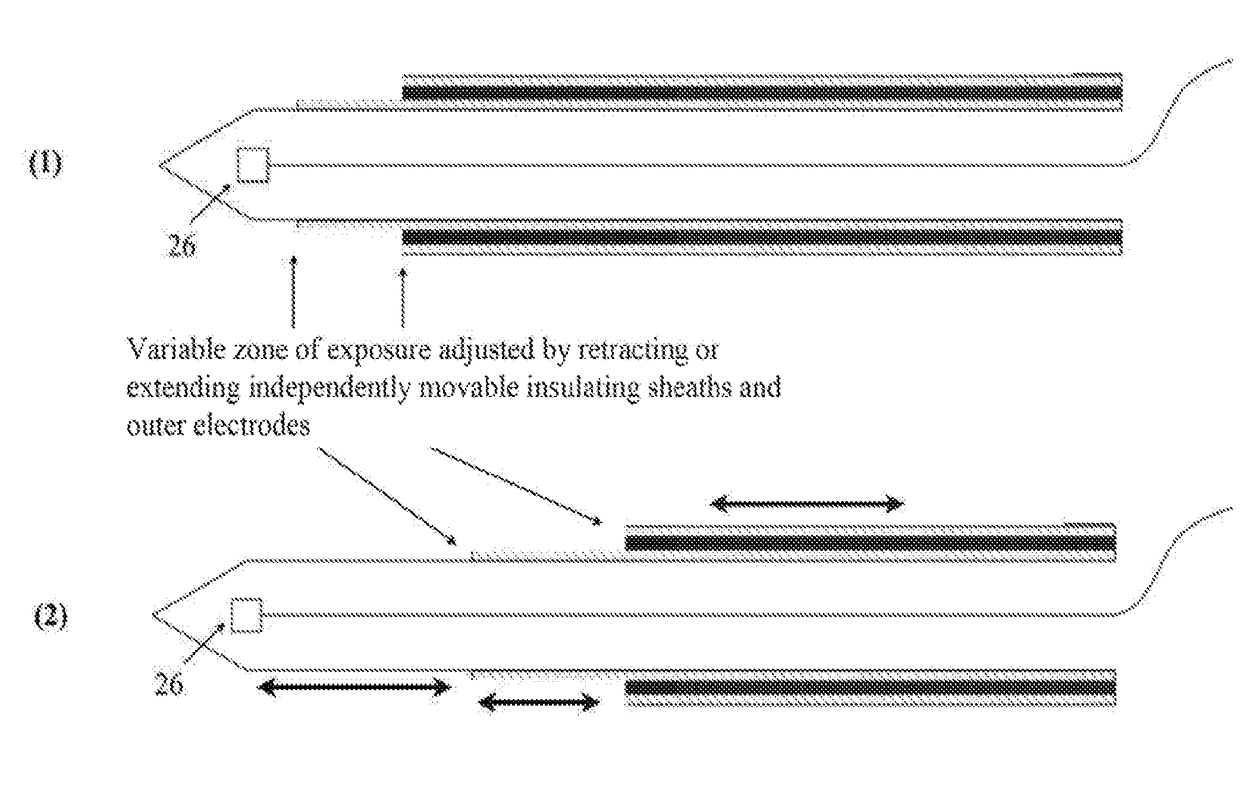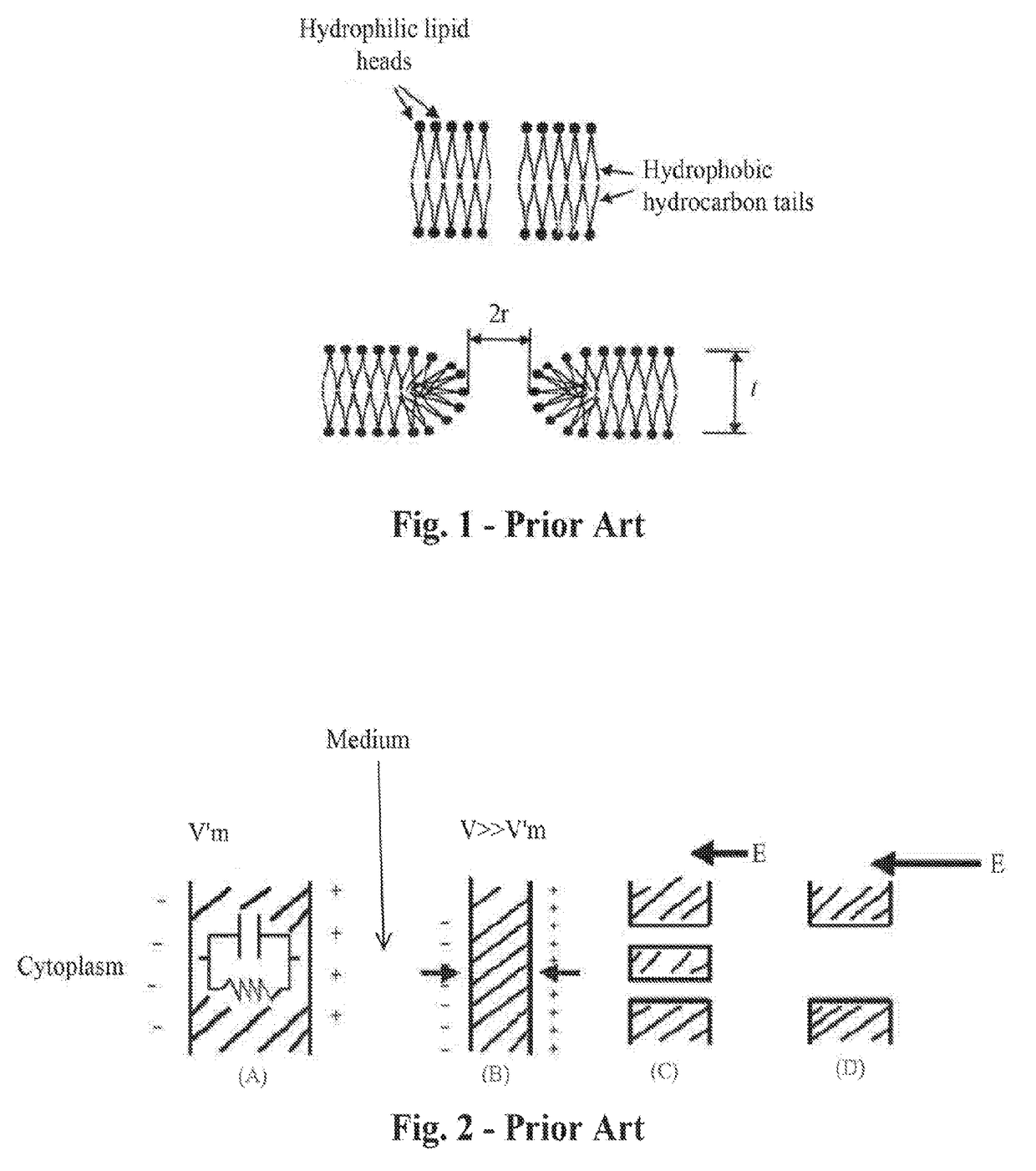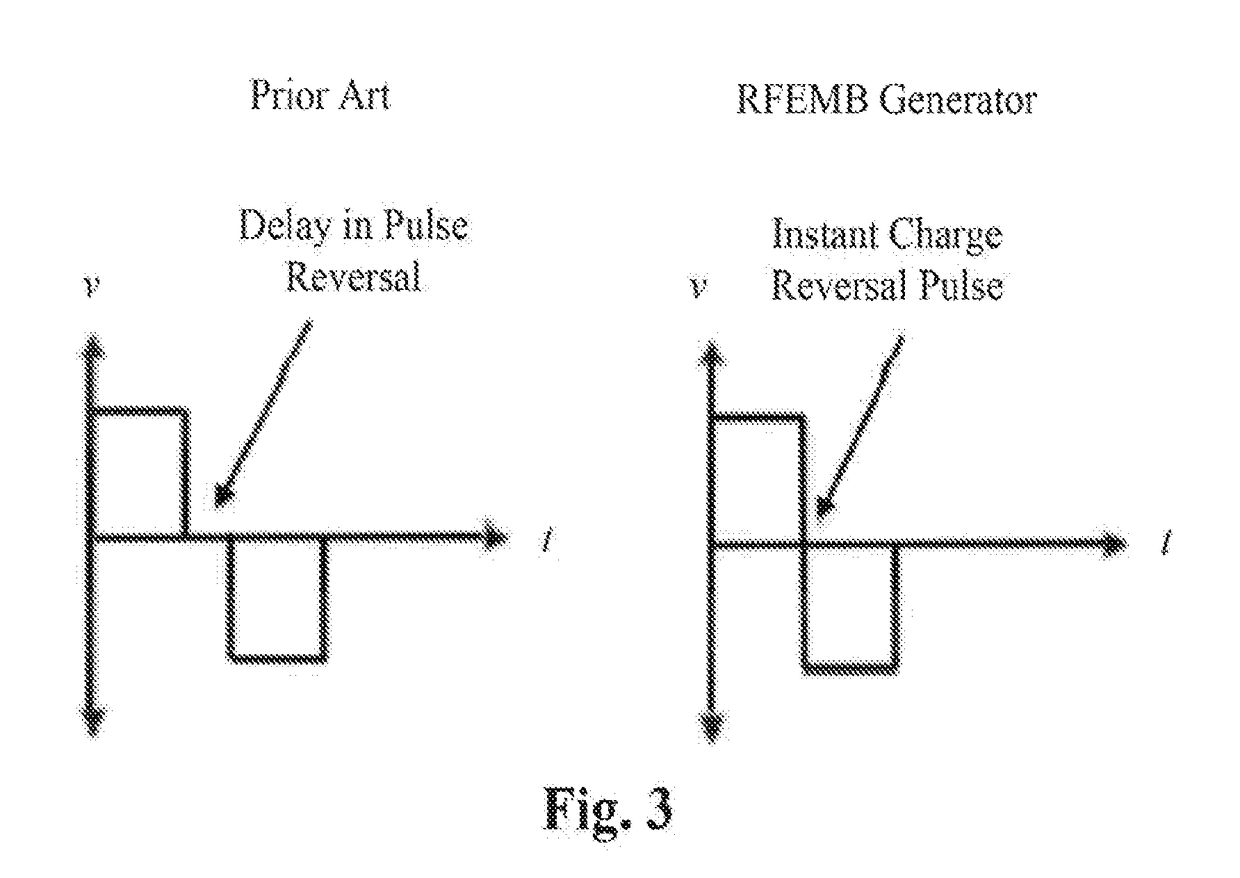Radio-frequency electrical membrane breakdown for the treatment of adipose tissue and removal of unwanted body fat
a radiofrequency electrical membrane and adipose tissue technology, applied in the field of medical devices and treatment methods, can solve the problems of exposing the patient to the risk of burns and thermal injuries to deeper tissues, the highest potential for significant complications of lipoplasty, and the decrease in the number of lipoplasty procedures performed annually
- Summary
- Abstract
- Description
- Claims
- Application Information
AI Technical Summary
Benefits of technology
Problems solved by technology
Method used
Image
Examples
Embodiment Construction
[0064]In general, the software-hardware controller unit (SHCU) operating the proprietary office based adipose tissue treatment system software according to the present invention facilitates the treatment of unwanted fat tissue by directing the placement of EMB treatment probe(s) 20, and, optionally, anesthesia needle(s) 300, and by delivering electric pulses designed to cause EMB within the unwanted fat tissue to EMB treatment probe(s) 20, all while the entire process may be monitored in real time via one or more two- or three-dimensional imaging device scans taken at strategic locations to measure the extent of unwanted fat tissue cell death. In addition, the system can support the application of electrical thermal energy to support cosmetically predictable surface changes to the skin, as planned by the operator, and / or the application of liposuction treatments to remove the lipid cellular contents released by the RFEMB process during or after the RFEMB therapy session. The system ...
PUM
 Login to View More
Login to View More Abstract
Description
Claims
Application Information
 Login to View More
Login to View More - R&D
- Intellectual Property
- Life Sciences
- Materials
- Tech Scout
- Unparalleled Data Quality
- Higher Quality Content
- 60% Fewer Hallucinations
Browse by: Latest US Patents, China's latest patents, Technical Efficacy Thesaurus, Application Domain, Technology Topic, Popular Technical Reports.
© 2025 PatSnap. All rights reserved.Legal|Privacy policy|Modern Slavery Act Transparency Statement|Sitemap|About US| Contact US: help@patsnap.com



